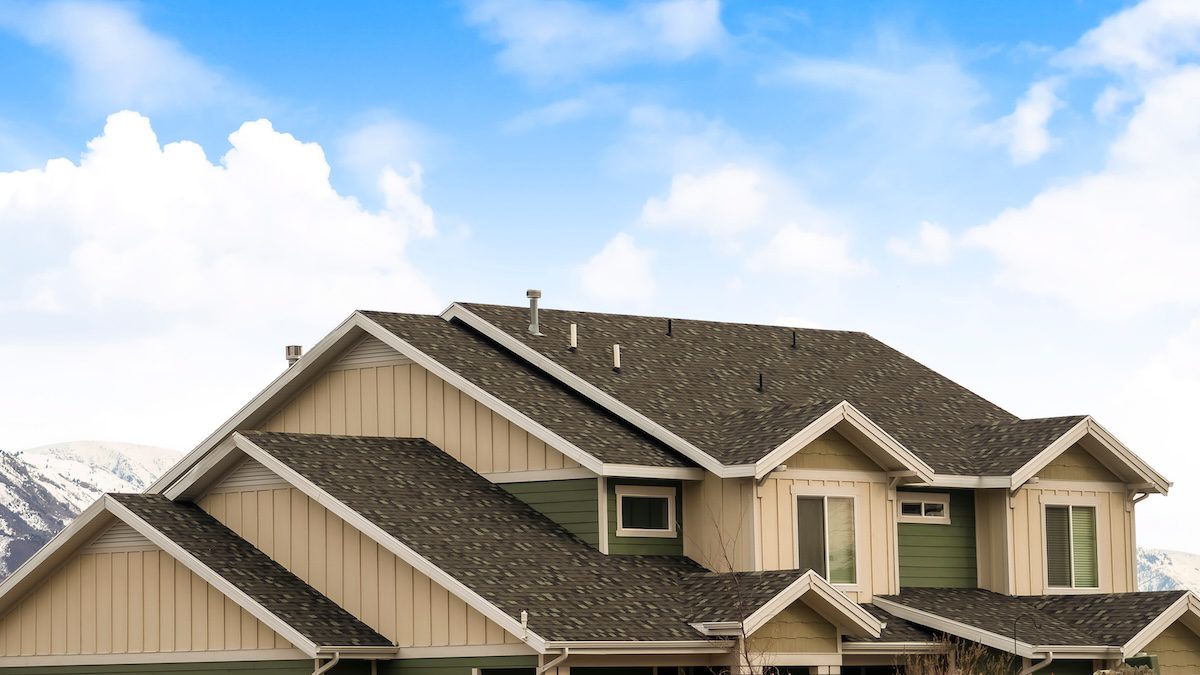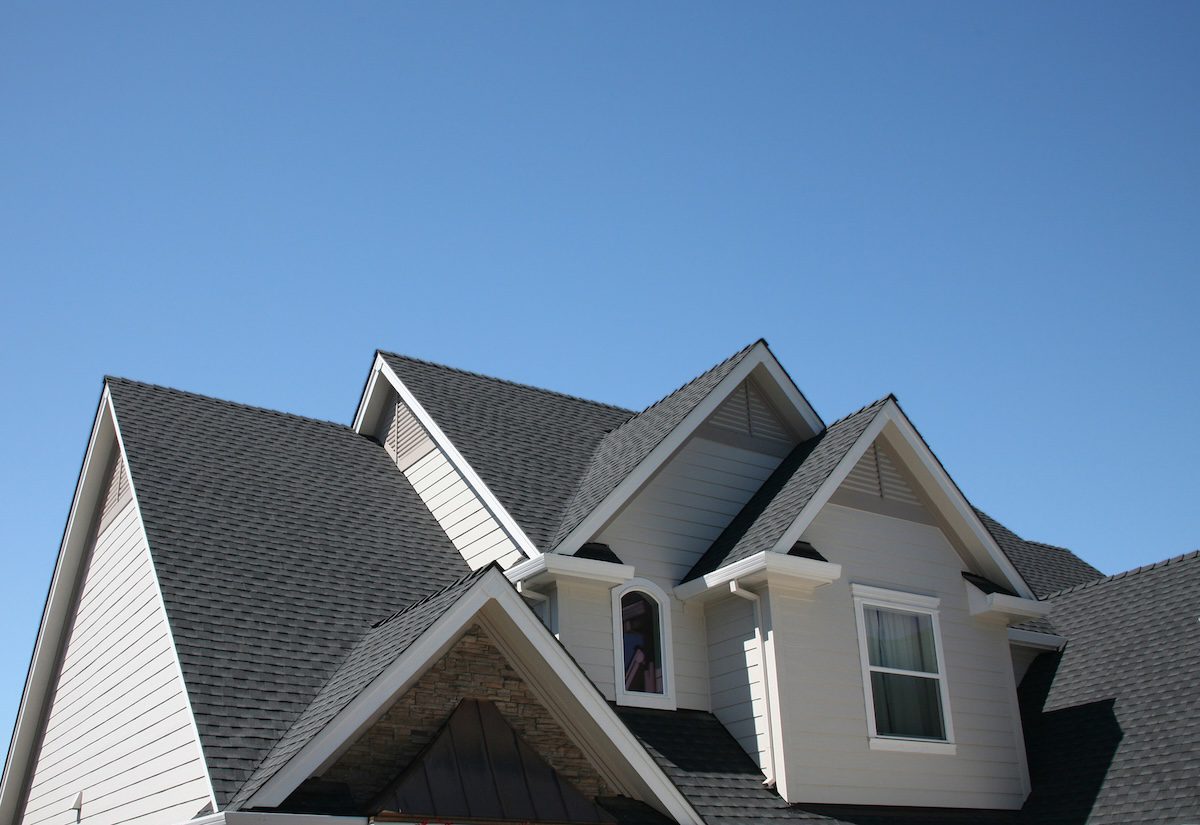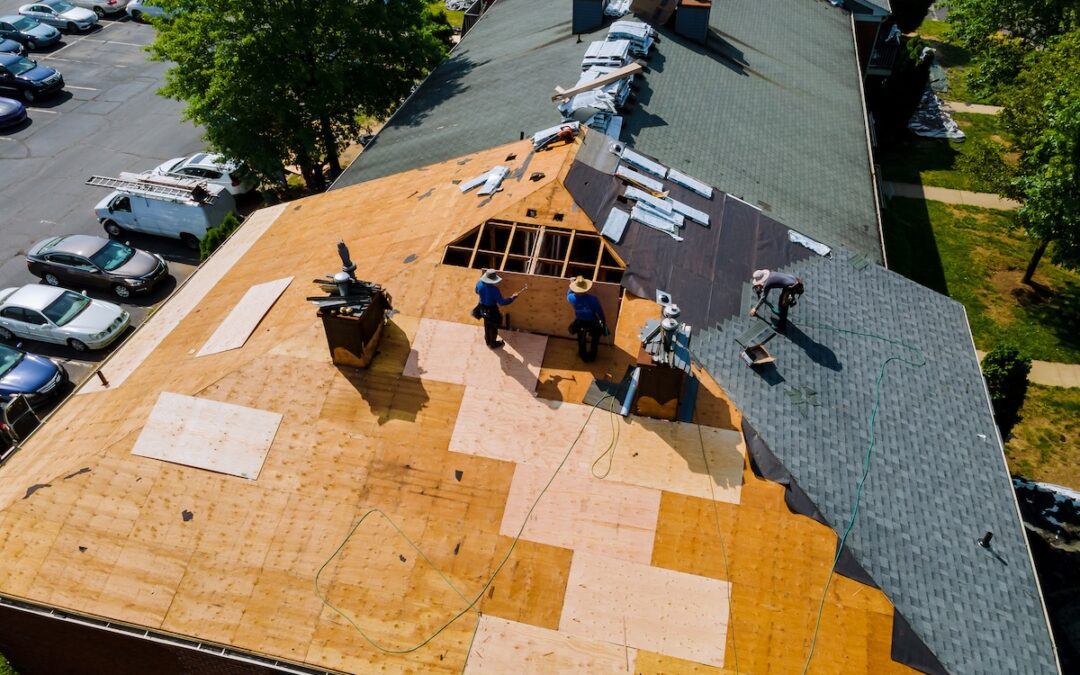Your roof isn’t just a decorative element of your home; it’s a functional system designed to protect you and your family from weather, provide insulation, and even add to your property’s overall value. Understanding the parts of a roof not only empowers you as a homeowner but also helps ensure that your home stays in peak condition for years to come.
This guide breaks down the various components of a roofing system, offering approachable descriptions and useful insights, including:
- Roofing materials like shingles, tiles, and metal sheets
- The basic structure of a roof (rafters, decking, and supports)
- The anatomy of essential protective elements that include underlayment and flashing
🏠 Roofing Materials

The materials that cover the surface of your roof not only add aesthetic appeal but also provide essential protection from the elements. A roof is one of the most important parts of any building, and the right materials ensure it stands up to weather, lasts for years, and complements the overall design of your home or structure. Choosing the right roofing material can have a significant impact on durability, energy efficiency, and even the resale value of your property.
Shingles, Tiles, and Panels
Roofing materials come in a variety of options:
- Asphalt Shingles (Most Common): Affordable, durable, and available in a range of colors.
- Clay or Concrete Tiles: Known for their elegant look and longevity, though heavier than shingles.
- Metal Sheets or Panels: Modern, sleek, and excellent for handling extreme weather.
🛠️ 3 Basic Parts of a Roof

A roof is more than just the shingles you see from the outside. Beneath the surface lies a sturdy structure that forms the backbone of your roof. Here are the key elements:
1. Rafters and Trusses
Rafters are the angled wooden beams that create the slope of your roof, forming the skeleton of its shape. These structural elements are installed in a parallel pattern, running from the ridge of the roof (the top peak) down to the eaves (the edges where the roof meets the walls). They are essential in defining the pitch and design of the roof, and they also play a key role in supporting other roofing components such as decking, underlayment, and shingles. Rafters are typically made from high-quality timber to ensure strength and durability.
On the other hand, trusses are prefabricated frameworks that are carefully engineered to provide additional support and stability to the roof structure. Unlike rafters, which are installed individually, trusses consist of multiple interconnected components, including rafters, joists, and struts, forming a triangular or web-like construction. This design helps to evenly distribute loads, such as the weight of roofing materials, snow, or wind pressure, across the entire roof. Trusses are widely used in modern construction due to their cost-effectiveness, ease of installation, and ability to span larger areas without requiring interior supports. Together, rafters and trusses form the backbone of your roof, ensuring it can handle external forces like wind, snow, rain, and debris, all while maintaining its shape and durability over time.
2. Roof Decking (Sheathing)
Roof decking, also known as sheathing, is the flat foundational layer of material that is installed over the rafters or trusses. This layer serves as a critical component of the roof’s structure, providing a sturdy foundation for the installation of roofing materials such as shingles, tiles, or metal sheets. Decking is typically made from materials like plywood or oriented strand board (OSB), both of which are known for their durability and ability to withstand weight.
The primary purpose of roof decking is to distribute weight evenly across the roof, ensuring the structural stability of the entire roofing system. Whether it’s the weight of heavy roofing tiles, accumulated snow, or other external loads, the decking helps maintain balance and prevents localized stress that could lead to structural issues. Beyond its structural role, roof decking plays a significant part in weatherproofing your home. It provides a solid base for underlayment and other waterproofing layers, creating a barrier that helps prevent leaks and water damage. Proper installation of roof decking is essential to ensure the long-term performance of your roof, as poorly installed or damaged decking can compromise the entire roofing system.
Additionally, roof decking contributes to the overall insulation and energy efficiency of your home. By creating a continuous, stable surface, it helps prevent gaps or weak spots where heat or cold could escape, ensuring better temperature regulation. Given its importance, choosing the right type of decking material and ensuring proper installation is crucial to the durability and safety of your home.
3. Roof Frame
The roof frame serves as the overall skeleton of your roof, providing the essential structural support that gives the roof its shape, stability, and strength. This framework is made up of several interconnected components, including rafters, trusses, and decking, all of which work together to form a cohesive system. The roof frame plays a vital role in ensuring that the roof can handle the weight of roofing materials, withstand external weather elements, and maintain the structural integrity of the building.
A well-constructed roof frame is designed to distribute weight evenly across the walls and foundation of your home. This ensures that the entire structure remains balanced and safe, even under challenging conditions like strong winds, heavy snowfall, or falling debris. The roof frame also absorbs and redirects forces, protecting your home from damage that could result from uneven stress or pressure.
Beyond its structural function, the roof frame contributes to the overall design and appearance of your roof. It determines the roof’s pitch, shape, and style, whether it’s a traditional gable roof, a modern flat roof, or something more complex. The quality of the roof frame has a significant impact on the longevity of your roof and your home’s overall safety. Properly constructed frames, using high-quality materials and precise engineering, ensure that your roof remains strong and reliable for decades. Routine inspections and maintenance of the roof frame are essential to identify any signs of wear, damage, or weakening, ensuring your roof continues to perform at its best.
👉 Protective Elements

Without protective features, your roof wouldn’t hold up against the challenges posed by nature over time. Here are a few elements that serve as your roof’s armor:
1. Underlayment
The underlayment is a crucial component of your roof’s structure. It is a waterproof or water-resistant layer of material that sits directly beneath the outer roofing material, such as shingles or tiles. Its purpose is to provide an additional layer of protection against leaks and moisture intrusion. In the event that water penetrates the primary roofing material, the underlayment acts as a secondary barrier, preventing water from reaching the interior of your home. There are different types of underlayment, including felt paper and synthetic materials, each offering varying levels of durability and resistance to weather conditions. Proper installation of the underlayment is essential to maintaining the overall integrity of your roof.
2. Flashing
Flashing is a thin, durable, and impermeable material—often made of aluminum, steel, or copper—that is strategically installed around vulnerable areas of a roof. It is specifically designed to prevent water from seeping into critical joints, edges, and areas prone to leaks, such as chimneys, roof vents, skylights, and valleys. Flashing redirects water away from these weak points and ensures it flows harmlessly off the roof. Properly installed flashing is essential for maintaining a watertight seal in areas most susceptible to water penetration. Over time, flashing can wear down or corrode, so it should be inspected regularly and replaced if damaged to ensure continued protection.
3. Drip Edge
The drip edge is a vital yet often overlooked component of a roofing system. This metal strip is installed along the edges of the roof to guide rainwater into the gutters, preventing it from dripping onto the fascia or running down the sides of the building. Without a drip edge, water can seep into the roof’s structure, leading to rot, mold, and damage to the fascia and soffit over time. Drip edges also protect the roof’s edges from wind-driven rain and provide a clean, finished look to the roofline. Installing a drip edge during roof construction or replacement ensures long-term protection against water damage and enhances the overall durability of your roof.
🏡 Roof Components Guide
At Great State Roofing, we understand that every component of your roof plays a vital role in protecting your home and ensuring your family’s safety. With over a decade of experience, our skilled professionals provide expert craftsmanship, tailored solutions, and clear communication every step of the way.
Whether you need a repair, a replacement, or expert advice, you can trust us to get the job done right. Don’t leave your roof to chance—contact Great State Roofing today for a free consultation or inspection, and let us help you protect what matters most.

